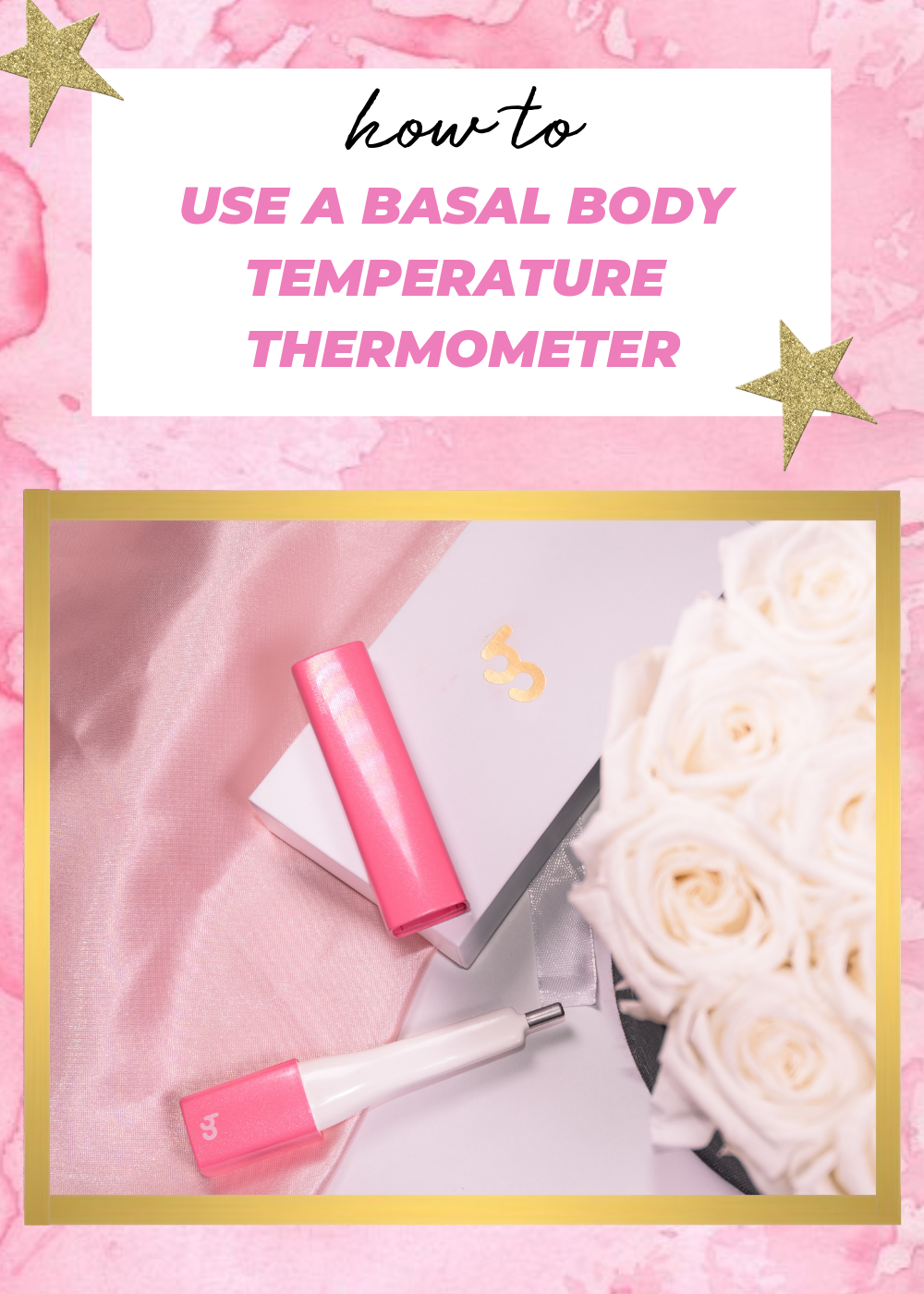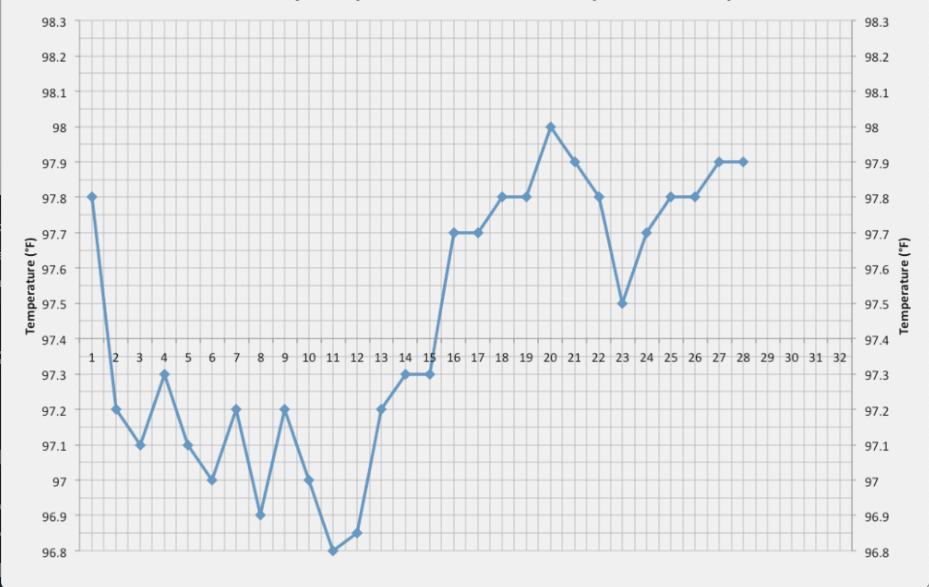
Learning how to chart your basal body temperature, combined with other signs of fertility is very eye opening. Let’s just say that before I read Taking Charge of Your Fertility, I paid no attention nor had no idea about what was going on in my body.
I wrote a blog post awhile back about going off of birth control, which was scary and exciting at the same time. You can read it HERE for more details, but what I really wanted to do was rid myself of synthetic hormones and just let my body do its thing.
Before I gained the knowledge on how to track my cycles and what to expect at different times throughout my cycle, I thought thought that things were just the same until aunt Flo comes to town, and that conception can occur anytime you’re not on your period. Nope.
Why don’t they teach these things in school?
There are several factors to track when you’re tracking your ovulation whether it’s for the purpose of natural birth control (or FAM) or for trying to conceive. The top 3 are:
♡ Tracking your basal body temperature (BBT)
♡ Tracking your cervical fluid
♡ Tracking your cervical position
Today I’m focusing on BBT.
What is BBT?
Your basal body temperature (BBT) is your lowest body temperature in a 24-hour period. You’ll need to measure it every day for a few months to see if there’s a predictable pattern to your cycle that will allow you to estimate when you’ll ovulate.
To get an accurate reading, you need to use a basal thermometer, which is sensitive enough to measure minute changes in body temperature. {source}
Take your temperature when you first wake up in the morning – before you DO ANYTHING, even getting out of bed. I take my temperature before I even take a sip of water.
Before ovulation, your BBT may range from about 97.2 to 97.7 degrees Fahrenheit. But the day after you ovulate, you should see an uptick of 0.5 to 1.0 degree in your BBT, which should last until your next period. (You may notice your temperature occasionally spiking on other days, but if it doesn’t stay up, you probably haven’t ovulated yet.) If you become pregnant, your temperature will stay elevated throughout your pregnancy. {source}
Here’s an example of what your BBT chart could look like (this is not mine – just an example). You’ll want to start charting on the first day of your period.

Ok, so how effective is relying on your BBT to serve as birth control?
If used correctly and consistently, one study suggests basal body temperature monitoring is 99.6 percent effective.
Combine that with the other factors to track, and that percentage goes up.
How I like to take my BBT and what I use
♡ I use the Femometer Thermometer, and love it because it connects to the Femometer app, which is free. Plus it’s pink, so very All Gussied Up, right? I place it inside my nightstand, which is right next to my bed so I don’t have to get up to get it.
♡ I take my temperature at the same time each morning, as soon as I open my eyes.
♡ I take my temperature every single day. If I’m sick, I make a note of it as having a fever can affect your chart.
Ok, so let’s talk tracking. The old school way is to use a chart on paper, and you can find a great template in Taking Charge of Your Fertility, but I am more of an app gal. The best charting app that I have used is called OvaGraph, and it is free. It’s so easy to use and view your current and past charts at any time.
I am so glad that I have been enlightened on this whole cycle process. Let me warn you though: once you start, you will be hyper-sensitive to what is going on with your body. You’ll look at the toilet paper when you go to the bathroom and you will know just from looking what stage you are at in your cycle. lol!
My advice: do more research and listen to your body.
xo, Lynn


Leave a Reply